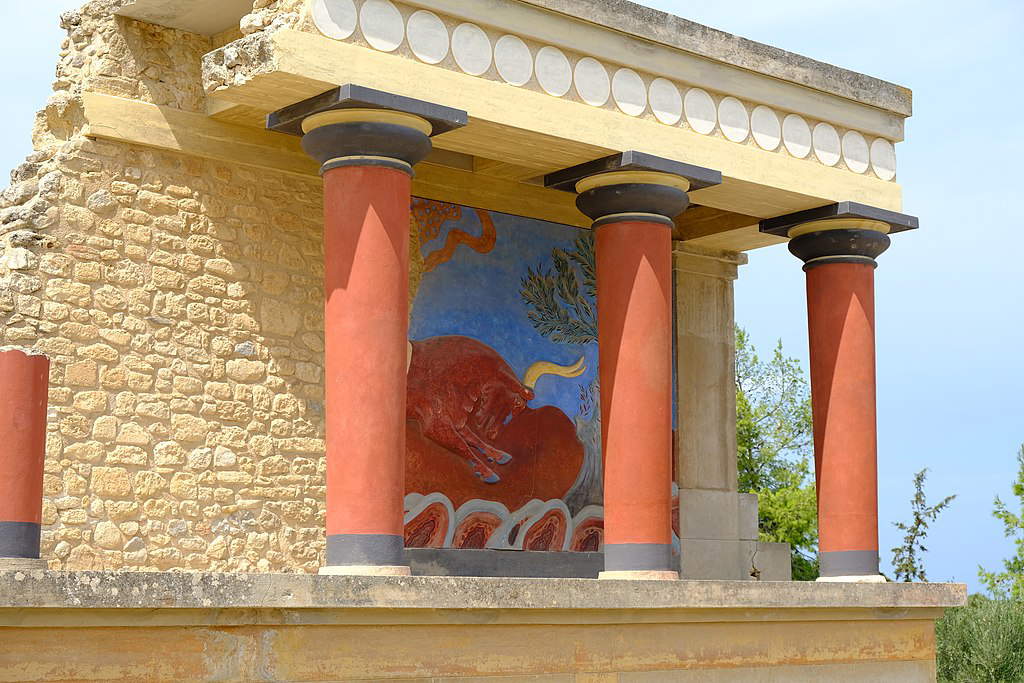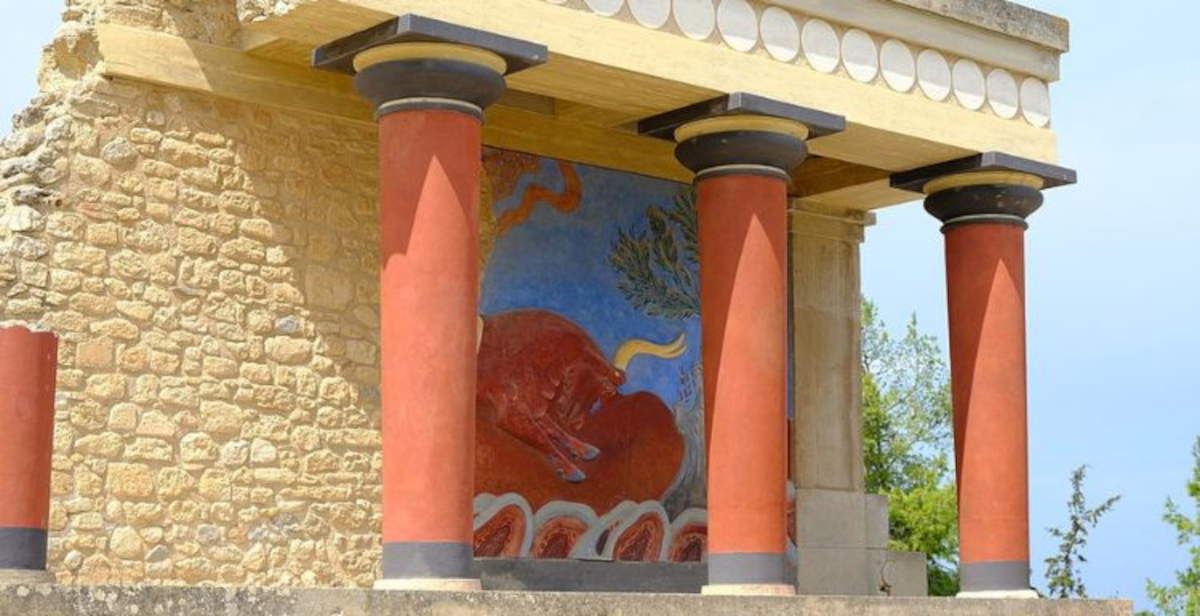Greece’s Minoan palaces have officially entered theUNESCO World Heritage List. The announcement was made Saturday at the 47th session of the World Heritage Committee, marking an important step in the protection and enhancement of the country’s cultural heritage. Inclusion of the Minoan palatial centers among the world’s protected properties represents not only a confirmation of the historical and cultural importance of the structures, but also a new bond of responsibility for the Hellenic state. Accession to the UNESCO list implies a concrete obligation to preserve and safeguard the cultural values embodied by the monumental complexes.
“Following a historic decision, the Minoan palace centers of Crete are now part of the World Heritage List,” Greece’s permanent representative to UNESCO, George Koumoutsakos, said in a statement to the Athens-Macedonian News Agency (ANA-MPA). “UNESCO has placed its seal of prestige on Knossos, Phaistos, Malia, Zakros, Zominthos and Kydonia, recognizing the significance and uniqueness of the Minoan civilization. A civilization that thrived 5,000 years ago, with its cultural creation, the development of trade throughout the eastern Mediterranean and the formation of a solid social structure that had palatial centers at its center.”

The candidacy, which culminated in the official inclusion, is the result of a long process of preparation conducted systematically and thoroughly by officials and experts of the Ministry of Culture. The dossier submitted to UNESCO was developed through intensive institutional collaboration between the Ministry itself, the Region of Crete and other relevant bodies. The operations, which lasted several years, involved documentation, analysis and planning activities, which enabled the definition of the exceptional criteria required for inclusion in the world heritage list.
There are six sites involved in the inscription and they represent the main centers of the Minoan world, the oldest palatial civilization in Europe. They are archaeological complexes that constitute evidence of a culture that profoundly influenced the development of Greek civilization and, more generally, the Mediterranean basin. Each site tells, through its architecture, finds and the landscape context in which it is located, fundamental aspects of Minoan society: from social organization to religion, from craft production to trade. The achievement in Riyadh, the site of the Committee’s session, reinforces Greece’s role in the international landscape of cultural heritage protection, positioning it as a credible interlocutor in the global dynamics of protecting and enhancing the common heritage. The Minoan palaces, symbols of an advanced and artistically refined civilization, thus assume a new centrality, not only in the archaeological debate, but also in contemporary thinking on the relationship between cultural identity and sustainable development.
 |
| UNESCO places Minoan palaces on world heritage list |
Warning: the translation into English of the original Italian article was created using automatic tools. We undertake to review all articles, but we do not guarantee the total absence of inaccuracies in the translation due to the program. You can find the original by clicking on the ITA button. If you find any mistake,please contact us.